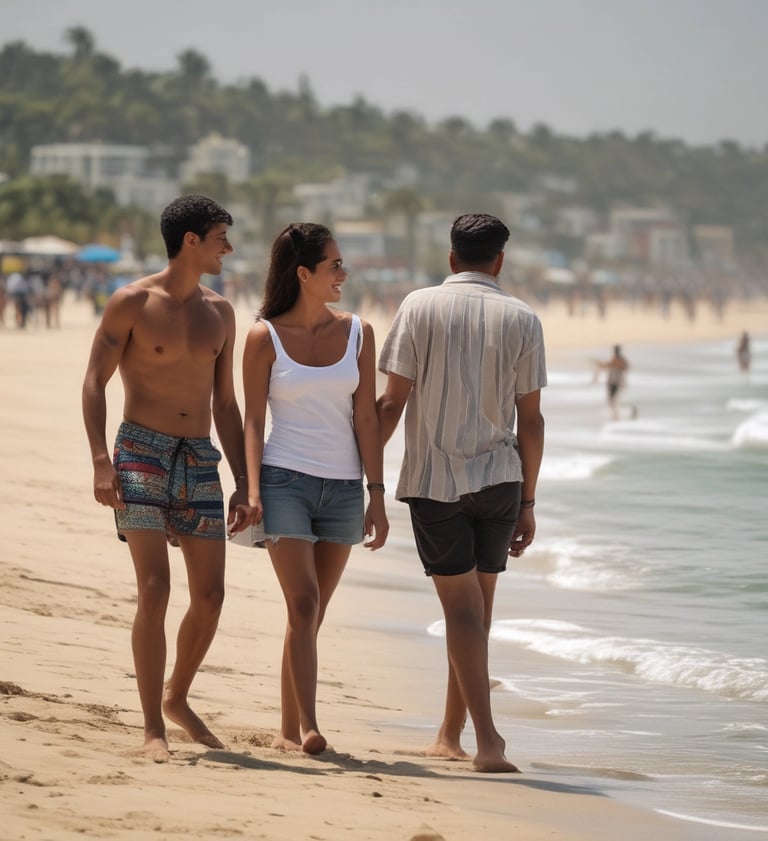Culture
Brazilian culture is a vibrant mosaic of traditions, languages, rhythms, and influences that reflect the country's unique history. With a rich blend of indigenous, African, and European heritages, Brazil stands out for the diversity in its artistic and social expressions. Music is one of the great passions of the Brazilian people, with genres like samba, bossa nova, and forró frequently resonating in festivals and celebrations. The cuisine is also a reflection of this cultural richness, with dishes that vary from region to region, such as feijoada, acarajé, and moqueca, each telling its own story. Furthermore, the hospitality and joy of the people are striking characteristics, making Brazil a welcoming and lively place, where the celebration and appreciation of culture are part of everyday life.
Brazil is a country of impressive diversity, reflected both in its exuberant nature and in its rich culture and variety of people. From the tropical rainforests of the Amazon to the vast savannas of the cerrado, each biome harbors unique fauna and flora that enrich our ecosystem. Culturally, Brazil is a melting pot of intertwining influences, with rhythms like samba, bossa nova, and forró, as well as vibrant festivals like Carnival, that celebrate our traditions and the joy of the people. The miscegenation that characterizes our population brings a palette of ethnicities and stories that manifest in our cuisine, art, and customs. This diversity is one of Brazil's greatest assets, reflecting a rich and plural identity, capable of uniting different voices into one, forming the essence of who we are.
You didn’t come this far to stop


Cultura
Explore a rica cultura brasileira enquanto aprende português conosco.










